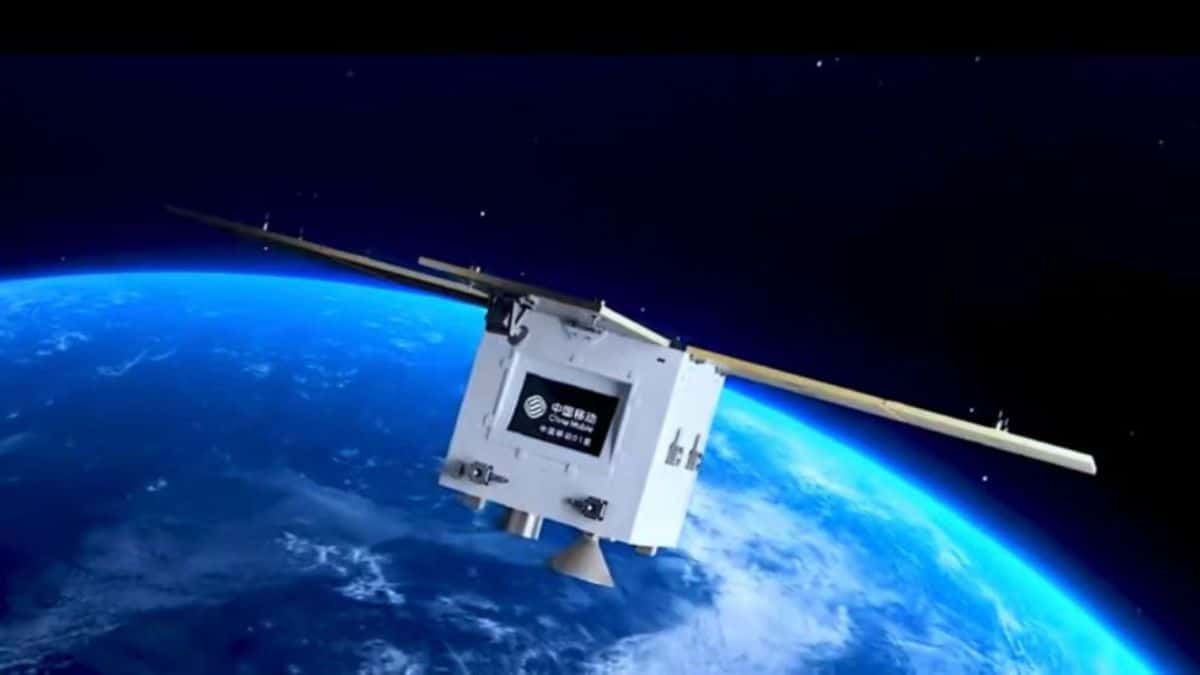 Image Credits - chinadaily.com
Image Credits - chinadaily.com
The race to 6G has taken a significant turn with China’s successful launch of the world’s first 6G test satellite. This bold step by China Mobile, the world’s largest telecom carrier, marks a milestone in the ongoing competition for dominance in this technological frontier. While South Korea remains a formidable competitor, aiming for a 2028 terrestrial 6G network launch, China’s space-based approach presents a unique and potentially game-changing strategy.
China’s 6G test satellite, launched in February 2024, signifies a critical leap forward in its efforts to explore integrated space and ground communication technology. This low-earth orbit satellite, unlike its high-altitude counterparts, boasts a unique distributed autonomous architecture. Developed jointly with the Chinese Academy of Sciences, this system utilizes domestic software and hardware, enabling in-orbit software updates and flexible deployment of core network functions. This translates to potential advantages like significantly lower latency and wider coverage compared to traditional ground networks.
Unlike traditional ground-based testing, this satellite orbits the Earth at a low altitude of 500 kilometres, offering several potential advantages. Lower latency, the time it takes for data to travel, is a key benefit, promising faster and more responsive connections. Additionally, the satellite’s wider coverage area could bridge gaps in existing terrestrial networks, particularly in remote or underserved regions.
However, launching a 6G test satellite is just the first step in a long and complex journey. China’s ultimate goal is a commercially viable 6G network by 2029. This ambitious timeline reflects China’s commitment to solidifying its position as a leader in the 6G race. The satellite launch marks the beginning of a crucial testing phase, where China Mobile plans to conduct various experiments to evaluate the technology’s performance and address potential challenges.
China’s pioneering move cannot be underestimated. The potential benefits of space-based 6G are undeniable. Aside from lower latency and wider coverage, this technology could revolutionize disaster relief efforts, providing communication access in remote areas or during natural disasters. Furthermore, it could pave the way for advancements in areas like autonomous vehicles and the Internet of Things (IoT), requiring seamless and reliable connectivity across vast distances.
While China takes the lead with its satellite launch, South Korea remains a fierce competitor. Their focus on a terrestrial 6G network, leveraging their existing infrastructure and the expertise of major companies like Samsung and LG, could lead to a faster launch in 2028. Their software-centric approach promises flexibility and adaptability, crucial for integrating future applications.
However, maintaining the rapid pace of innovation and ensuring affordability for widespread adoption remain significant challenges. Additionally, their terrestrial infrastructure might limit their reach compared to China’s potential global satellite coverage. China’s launch of the world’s first 6G test satellite marks a significant moment in the race to 6G.
Beyond these two frontrunners, the 6G landscape is far from a two-horse race. The U.S., UK, Japan, and other countries are actively involved in research and development, each with its approach and strategies. This diverse landscape underscores the importance of international collaboration and standardization.
While China’s launch of the world’s first 6G test satellite undoubtedly marks a significant milestone, it’s crucial to remember that this race is far from a one-player show. South Korea’s ambitious terrestrial approach and the active involvement of the U.S., UK, Japan, and others paints a vibrant picture of a global 6G landscape. China’s bold move has undoubtedly accelerated the race, but the journey towards a truly interconnected future demands a global sprint, not a solitary dash.
